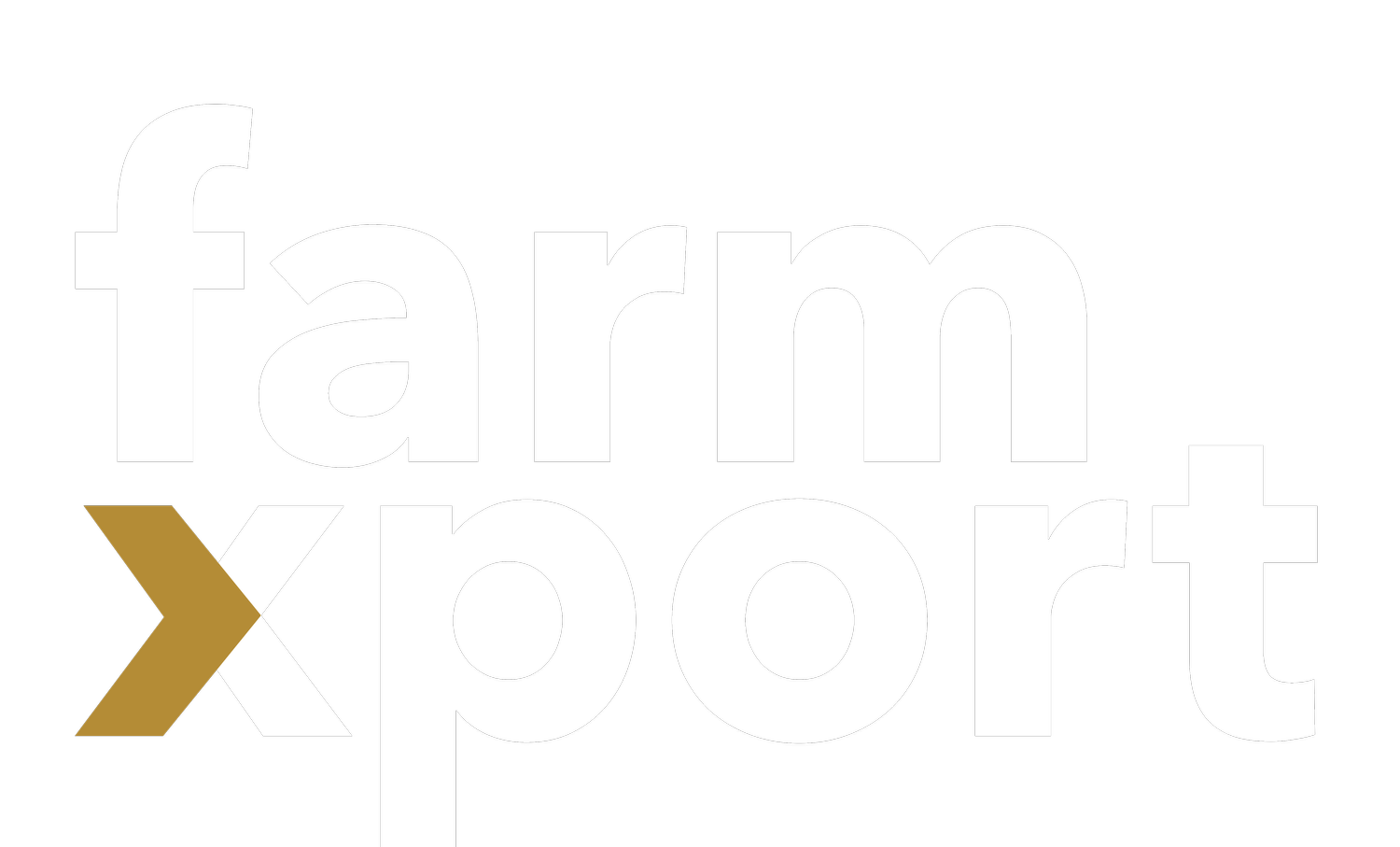Which Farming System Is the Best?
People have been practising farming for centuries. Many types of farming have developed out of necessity due to farming environments and the availability of resources such as water, land, grazing areas, climate, etc. “Farming systems” refers to the methods with which farmers are growing and raising crops and livestock. Visit https://farmxport.com/soilmax to view Farm Xport’s offering of Soil-Max farm drainage solutions for every farming system and style. Each farming system has its advantages and disadvantages. In this post, we will compare seven popular farming systems, sharing the advantages and disadvantages of each and best practices. Keep reading to the end for Farm Xport’s secrets to achieving maximum productivity for each type of farming.
The first type of farming we will DIG into is arable farming. Arable farming involves growing crops like vegetables, grains, or legumes. If you are a “do-it-yourself” (DIY) farmer, chances are you practice arable farming. Arable farming is a great way to grow your food, and it's also more environmentally friendly than other types of farming. You will see this farming typically practised on large farms specialising in growing one or two crops, such as wheat or corn. Arable farming requires a lot of planning and precision as these farmers must carefully prepare the land, sow the seeds, and deliberately monitor the crops as they grow. Those who participate in arable farming see it as an efficient way to farm, using machinery and technology to maximise production. This type of farming can be advantageous as it allows farmers to grow their food and sell their crops at a profit.
Mixed farming has been around for centuries but is still practised on many traditional farms. This type of farming incorporates planting crops and raising animals on the same land. Growing crops and raising animals together allows farmers to make the most of their land and resources and provides a more diverse and sustainable farm. There are many benefits to mixed farming. For one, it can help to diversify the farm and make it more resilient to changes in the market or weather. It can also help to improve soil health and provide a more sustainable way of farming. Mixed farming can also be a more efficient use of land and resources, allowing farmers to make the most of what they have. Practising mixed farming means you probably are always aware of a few things. First, you must ensure enough land to support crops and animals. You also must have or have acquired the right mix of skills and knowledge to succeed. If you're not afraid of dirty work, mixed farming can be a great way to provide for your family and build a sustainable farm business.
In subsistence farming, nearly all the crops or livestock raised to sustain the farmer and the farmer's family, leaving a minimal surplus for sale or trade. This farming is a do-it-yourself operation with low yields. Subsistence farmers often live in rural areas and may both grow crops and keep livestock. Preindustrial agriculture across the globe has traditionally been subsistence farming.
Shifting cultivation is one of the most controversial farming systems. It occurs when a farmer clears a piece of land, uses it for 3-5 years, and then abandons it after it has served its purpose. Many governments discourage this type of farming as it is not very sustainable. There are several reasons why shifting cultivation is not sustainable. First, it leads to deforestation as farmers clear land for farming. Second, it results in soil depletion and degradation. Third, it can lead to water shortages. There are some benefits to shifting cultivation, however. It is often the only type of farming possible in remote areas. It can also help break up pest cycles and allow crop rotation.
Plantation farming is one of the oldest agricultural systems in the world. This farming uses a large piece of land to grow a single crop, such as cotton or tea. Plantation farming is also sometimes referred to as tree crop farming. There are several benefits to plantation farming. First, it allows farmers to grow a large quantity of a single crop. Focusing on one crop can be helpful for farmers who want to sell their produce in bulk. Second, plantation farming can be more efficient than other types of agriculture. Its high efficiency is due to the farmer controlling the land and carefully planning the planting and harvesting schedule. There are also some drawbacks to plantation farming. First, buying the large amount required for this type of farming can be very expensive. Second, plantation farming can be very labour-intensive, as the farmer must constantly monitor the crop and soil.
Livestock farming is a type of agriculture that focuses on raising animals rather than crops. While this can be a sustainable form of agriculture, it often is not. Farmers must carefully manage the land and animals to make livestock farming sustainable, including rotating grazing areas and using other land management practices.
Nomadic farming is a type of agriculture that involves moving animals around in search of fresh grazing and water. Like livestock farming, mobile farming can be a great way to produce food sustainably. Nomadic farmers have a deep knowledge of the land and the animals they raise. This knowledge allows them to move their animals to new areas to find the best possible grazing and watering holes. Nomadic farming can be an excellent option for those looking to produce food sustainably. If you have the knowledge and the ability to move your animals around, then this type of agriculture may be right for you.
There are many farming systems, each with advantages and disadvantages. In this post, we compared seven popular farming systems, their pros and cons. Every type of farming system around the world benefits from drainage. Basic agronomy states the ideal soil structure for most soils is 50% parent material, 25% air, and 25% water. Proper drainage allows excess moisture to leave the soil profile to maintain the ideal ratio for optimal crop development. Removing excess water from the soil creates an optimal environment for beneficial soil microorganisms that aid plant growth by increasing the accessibility of nitrogen and sulfur to the plant. Farm Xport offers universal precision agricultural solutions that every farmer, everywhere in the world, in every farming system, benefits from. Farm Xport offers Soil-Max ploughs and drainage solutions that can pair with most tractors’ weights from 5 to 30 tonnes. Studies point out that undrained soils have about a 46% year-to-year variability in yield, whereas tiled fields only vary by around 18%. A more consistent productivity allows for a more dependable cash flow. Farm Xport puts you in control of the time and money that go into your land, so you decide how much you get out of it. Visit https://farmxport.com/contact to talk with our pros about how to farm drainage will help you.


